The Birth of the Internet: How It All Began
The internet has become an inseparable part of our daily lives, shaping the way we communicate, work, shop, and access information. It powers everything from social media and streaming services to global business operations and artificial intelligence. But how did this incredible invention come into existence? The journey of the internet began decades ago, driven by visionary scientists, military needs, and technological breakthroughs.
This article explores the fascinating story of how the internet was born, how it evolved, and how it became the foundation of our modern digital world.
The Early Foundations
The concept of a global communication network was first envisioned in the early 20th century, but it wasn’t until the Cold War era that real progress began. During this time, the U.S. government sought a way to secure communication networks in case of a nuclear attack. The fear was that if traditional telephone lines were destroyed, military and government agencies would be left unable to communicate.
In response to this challenge, the U.S. Department of Defense launched a research project in the 1960s, leading to the creation of ARPANET (Advanced Research Projects Agency Network). This was the first real attempt at creating a decentralized communication network, which later became the foundation for the modern internet.
ARPANET: The First Step Towards the Internet
ARPANET was developed by the Defense Advanced Research Projects Agency (DARPA) in the late 1960s. The idea was simple but revolutionary: computers in different locations should be able to communicate with each other over long distances. Instead of a centralized communication system (which could be easily destroyed), ARPANET was designed as a distributed network, meaning if one part of the network failed, the rest could still function.
On October 29, 1969, the first-ever message was sent between two computers—one at UCLA (University of California, Los Angeles) and the other at Stanford Research Institute. The message was supposed to be the word “LOGIN”, but due to a system crash, only the first two letters, “LO”, were transmitted. This seemingly small event was a historic moment—the birth of computer networking.
Over the next decade, ARPANET expanded, connecting more universities and research institutions across the United States.
The 1970s: The Birth of Internet Protocols
One of the biggest challenges in early networking was how to send data efficiently between computers. To solve this, in 1973, computer scientists Vinton Cerf and Robert Kahn developed the Transmission Control Protocol/Internet Protocol (TCP/IP). This set of rules allowed computers to communicate in a standardized way, ensuring reliable data transmission.
By January 1, 1983, ARPANET officially switched to TCP/IP, marking the birth of what we now recognize as the internet. This allowed different networks to connect seamlessly, forming the early structure of the global internet.
The 1980s: From Military to Public Use
During the 1980s, the internet evolved from a military and research tool to something much bigger. Governments, universities, and tech companies began exploring ways to use this technology for broader communication and information sharing.
In 1989, British scientist Tim Berners-Lee, working at CERN (European Organization for Nuclear Research), developed a system that would change everything—the World Wide Web (WWW). His vision was to create a way to easily access and navigate information on the internet through “web pages” linked together.
Berners-Lee introduced three key technologies that are still fundamental today:
- HTML (HyperText Markup Language) – The language used to create web pages.
- URL (Uniform Resource Locator) – The unique address for each web page.
- HTTP (HyperText Transfer Protocol) – The system that allows web browsers and servers to communicate.
With these innovations, the internet became much more user-friendly, paving the way for public adoption.
The 1990s: The Internet Goes Mainstream
The 1990s saw an explosion in internet usage, transforming it from a niche academic tool to a global phenomenon. Several key developments contributed to this rapid growth:
- 1991: The World Wide Web was made available to the public.
- 1993: The first graphical web browser, Mosaic, was released, making it easier for non-technical users to explore the web.
- 1994: Companies like Amazon and Yahoo! were founded, showing the commercial potential of the internet.
- 1995: Microsoft launched Internet Explorer, further accelerating internet adoption.
By the late 1990s, the internet had entered homes, offices, and schools, changing how people access information, communicate, and conduct business.

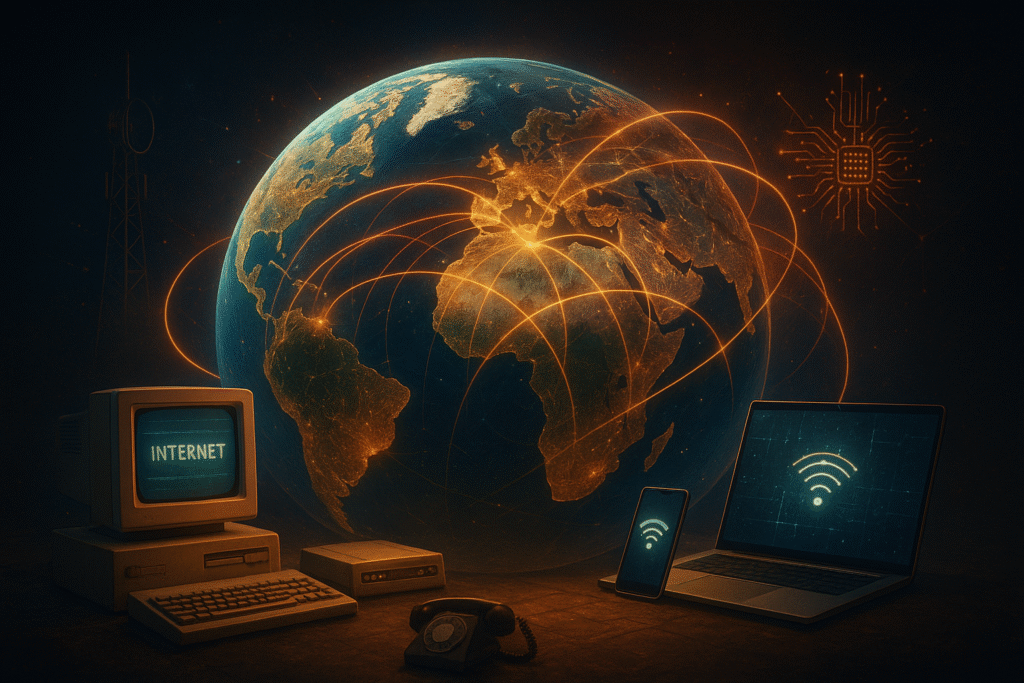
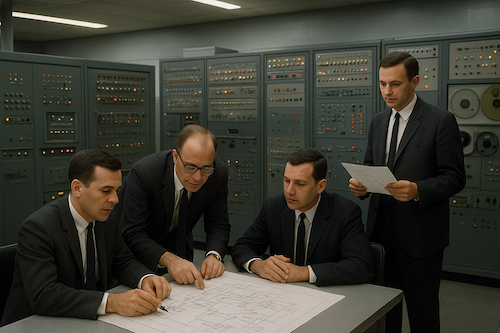
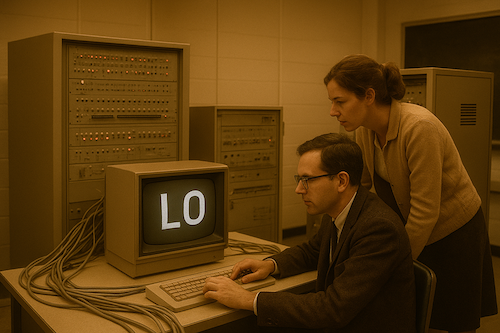
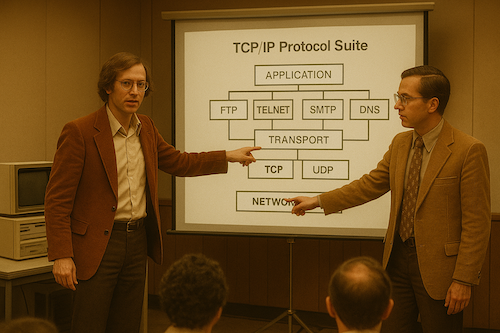
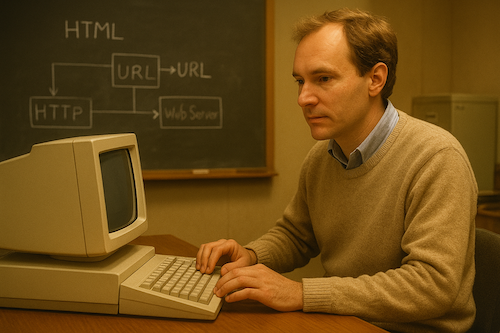
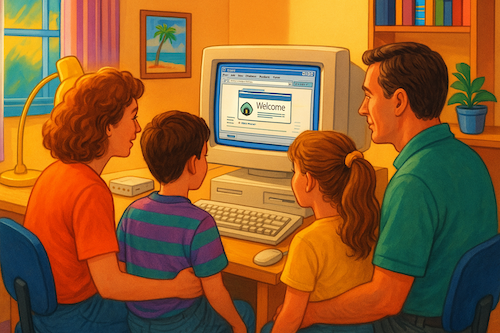
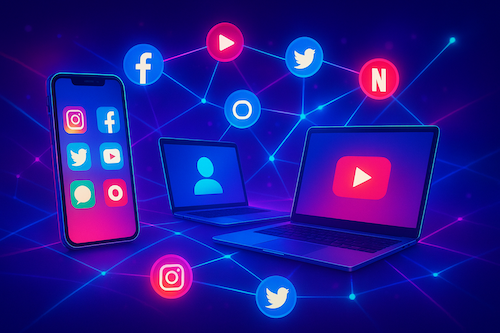
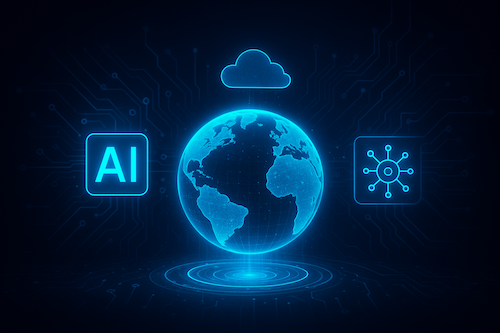

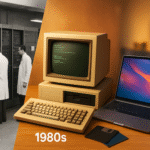
Leave a Reply
Want to join the discussion?Feel free to contribute!